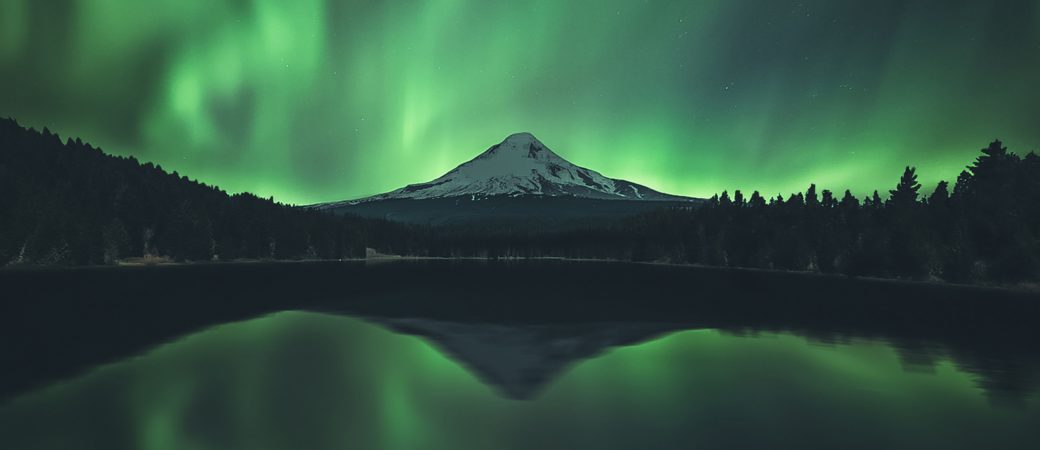
“Time present and time past
Are both perhaps present in time future
And time future contained in time past….
Time past and time future
What might have been and what has been
Point to one end, which is always present.
At the still point of the turning world. Neither flesh nor fleshless;
Neither from nor towards; at the still point, there the dance is,
But neither arrest nor movement. And do not call it fixity,
Where past and future are gathered. Neither movement from nor towards,
Neither ascent nor decline. Except for the point, the still point,
There would be no dance, and there is only the dance.
I can only say, there we have been: but I cannot say where.
And I cannot say, how long, for that is to place it in time.”
~T.S. Eliot
As I began thinking about this month’s theme of balance, these lines from the fourth of T.S. Eliot’s “The Four Quartets” came to my mind. This has been one of my favorite poems since I first read it (for a real treat, click here to hear Eliot himself read the entire selection). I’ve frequently joked that the way I maintain balance is by falling off opposite sides of Eliot’s “still point” alternately. That, however, isn’t at all an adequate way of attaining balance!
Many psychologists, spiritual teachers and life coaches have tried to limn what constitutes a balanced life. I wouldn’t have thought there could be so many diagrams devoted to expressing the concept of life balance visually. Overlapping circles. Various arrangements of arrows. Arrows and circles. Squares and lines. Subtly colored and bright. Or strictly black and white. The concept of what it might mean to live a life in balance apparently is one that lends itself to diagramming!
For those who are more linear thinkers, there is no shortage of lists, either. The number of factors noted as being important varies greatly. The short list was four. Others ranged upward to a dozen or so.
Eliot’s still point remains the most evocative description for me. The first two stanzas gather up past, present, and future into the present, the only time we can in fact live in. We can remember the past, and we sometimes say of someone, “They’re living in the past.” We can also project our lives into the future, thinking “If…” or “when…” But we can’t live there, either. And we can’t find balance in either past or future. Balance is available to us only in the present.
Eliot continues to invite us into an experience of balance with several metaphors he introduces in the next stanza. That point is not focused on the physical, but neither does it mean renunciation of the flesh. It is not necessary to be less than human, nor more than human. At the point of exquisite balance, we’re not moving toward nor away, but engaged in the dance of the present. It is not stasis nor movement. It is neither striving for more nor a state of decline. It is timeless and without space.
Interpretation of Eliot’s meaning here is a challenge for me. My current sense of it is that he’s alluding to what the Taoists call “wu wei,” completely effortless action that flows naturally with the course of the universe. We inhabit our lives so thoroughly and intuitively that “our life flows on in endless song.” We don’t need to do or accomplish anything to make this happen. We simply need to get out of the way and allow it to happen.
Most of us don’t live in this mysterious state of being all the time—I certainly don’t. My hope for you all and for myself is that we catch glimpses of it amid the busy-ness of our daily lives, and appreciate the gift we have been given.
Rev. Julia